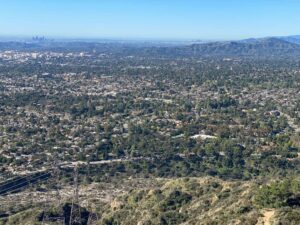Design Patent Rocket Docket

The design patent “Rocket Docket” program is the system the US Patent Office established to speed up the examination of design patent applications. Recognizing that design patents cover the external appearance of an item, and that this external appearance, contrasted with the underlying guts, can often be easily copied, the Patent Office created a way to hurry along examination of design patent applications. Formally known as Expedited Examination but referred to by practitioners and the USPTO alike as the Rocket Docket (even PTO forms use the doc code: “ROCKET”), this program can shave as much as a year off the pendency of a design patent application.
As of March 2020, the average time to a first office action – a first substantive review of a design patent application – was 15.2 months with a total average time from filing to issuance at 21.4 months. Both of these numbers have been slowing creeping up over the years. In contrast, it takes just over one month from the day an expedited exam request is granted to the first examination of a rocket docket design patent application. This is an incredible savings in time. So, what does it cost?
To be eligible for the rocket docket, a design applicant must conduct a pre-examination search and file a Request for Expedited Examination. The request includes information about the pre-exam search, and the results of the search must be disclosed in an accompanying information disclosure statement. Lastly, a fee must be paid. Currently, the fee for small entities is $450. This is relatively cheap compared to the cost of expediting a utility patent application for $2,000, but the pre-exam search can be costly, often running more than $2,000. A thorough search must be run, because the Patent Office leans on that search heavily as a way to reduce the amount of time it needs to review the design application.
The US Patent Office states that the results of a search by a foreign patent office can be submitted in lieu of an internal pre-exam search. However, it is questionable whether this is a practical approach, as most foreign offices merely register a design without search and examination.
Additionally, the design application must be complete when filed. This means that the drawings must be acceptable and conform to the Office’s standards. Drawings which contain errors or ambiguities are frequently an issue in design applications, so great care must be taken with these. The basis filing, search, and exam fees for a design patent application must also be paid. In short, the entire application must be complete and in condition for examination – this requires a lot of attention by the party preparing the application.
Failure to submit a request that properly reports on a competent pre-exam search can be basis to have the rocket docket request rejected. As such, great care must be taken when conducting this search. It is strongly recommended that a professional searcher perform this search. Indeed, this firm uses an outside professional search to conduct the pre-exam search and even develop a report on the databases searched, the classes and keywords used in the search, and the results found.
